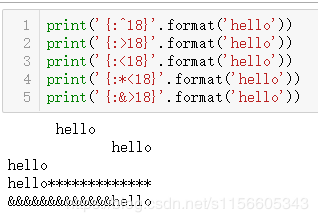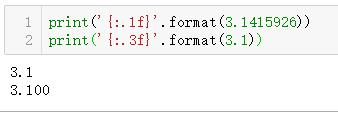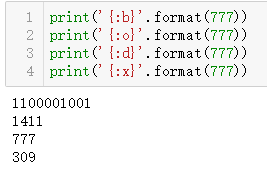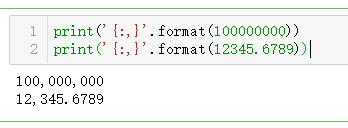Python——详解format函数
目录前言用法通过位置通过关键字填充与对齐精度与类型f进制转化千位分隔符
前言
format函数用于字符串的格式化
用法
基本语法是通过 {} 符号操作,
并且每一个 {} 都可以设置顺序,
分别与format的参数顺序对应,
如果没有设置{}下标,默认重0开始递增。
通过位置
作者:无梦生7
print('{0} {1}'.format('hello','world')) # 通过位置
print('{1} {0}'.format('hello','world'))

print('{人物}今天{事件}'.format(人物='我',事件='写博客'))#通过关键字
job = {'person':'你','affair':'写博客'}
# 可用字典当关键字传入值时,在字典前加**即可
print('{person}昨天{affair}'.format(**job))

^ < > 分别表示居中、左对齐、右对齐,后面带宽度
print('{:^18}'.format('hello'))
print('{:>18}'.format('hello'))
print('{:<18}'.format('hello'))
print('{:*18}'.format('hello'))

print('{:.1f}'.format(3.1415926))
print('{:.3f}'.format(3.1))

| 符号 | 描述 |
|---|---|
| b | 二进制 |
| o | 八进制 |
| d | 十进制 |
| x | 十六进制 |
print('{:b}'.format(777))
print('{:o}'.format(777))
print('{:d}'.format(777))
print('{:x}'.format(777))

print('{:,}'.format(100000000))
print('{:,}'.format(12345.6789))

作者:无梦生7